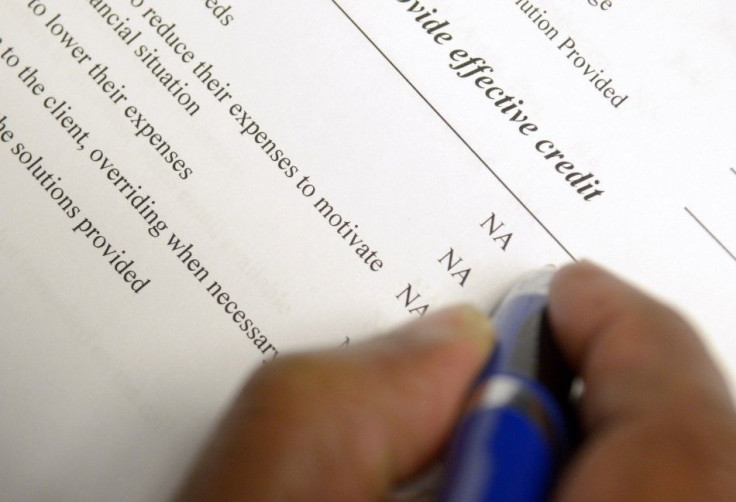U.S. Consumer Credit Rose $7.4 Billion in September

Americans borrowed more in September to purchase cars and cover college expenses.
Consumer credit expended $7.4 billion in September, a 3.6 percent increase at an annualized rate, and a health turnaround from a revised $9.68 billion unexpected drop in August, according to a Federal Reserve report on Monday.
The result beat forecasts by economists polled by Reuters, who were expecting a $5 billion gain in total outstanding consumer credit.
Non-revolving credit, which includes auto loans, student loans and personal loans, rose by $8.01 billion in September, or 5.8 percent, to $1.66 trillion. Student loans posed the biggest increase, possibly due to more Americans returning to school at a time when job is hard to come by.
Yet, revolving credit, the category that covers credit card purchases fell by 1 percent, down $600 million to $789.6 billion - a third straight monthly decline after drops of $2.3 billion in August and $3.4 billion in July.
The federal government category of borrowing, which includes school loans, saw a total increase of $14.3 billion in credit, rising to $406.1 billion. The unadjusted figures also showed an increase in non-revolving borrowing at commercial banks, which may indicate an increase in car sales during the month.
Home mortgages and other real-estate secured loans are not included in the consumer-credit report. But the data still provide an important clue to consumer behaviors.
Consumer spending grew at 2.4 percent annual rate in the third quarter and the economy expanded at a rate of 2.5 percent, the Commerce Department reported on Oct.27.
As grim as the economy may seem, last week, MasterCard Inc. reported a 38.4 percent jump in profit for the third quarter, stating increase in credit and debit card transactions.
© Copyright IBTimes 2024. All rights reserved.





















